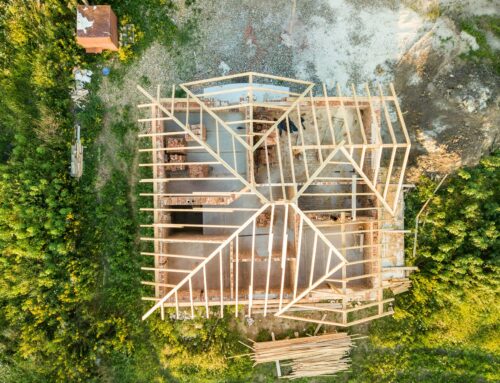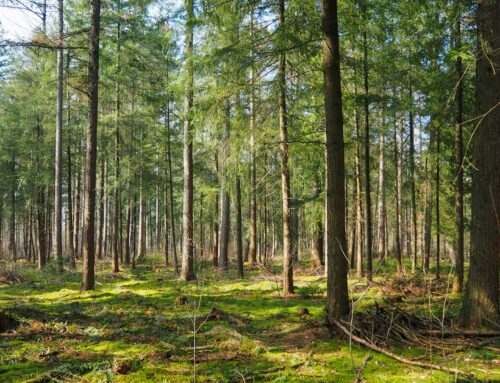Having a dead tree on your property can be a great source of beauty and shade, but it can also be a potential risk. Dead trees can cause damage to your property, create a hazardous environment, and attract pests.
It’s essential to understand the potential risks of having a dead tree on your property so that you can take the necessary precautions to protect your property and your family.
In this blog, we’ll explore the potential risks of having a dead tree on your property and how you can take steps to reduce them.
Structural Damage
Dead trees can become weakened over time, making them more prone to toppling during strong winds or storms. Dead branches can also fall off and cause damage to cars, outdoor furniture, and other items in the area. In addition, fallen trees can also cause injuries or even fatalities if someone is in the wrong place at the wrong time.
Pest Infestation
Dead trees provide shelter and food for a variety of pests, including termites, beetles, ants, and rodents. These pests can cause damage to your property and spread disease.
These pests can cause significant damage to the tree and surrounding property. In some cases, the pests can even spread to other trees, leading to a more widespread infestation.
If you have a dead tree on your property, you should take steps to protect your home from the threat of pests by having it professionally removed, or by treating it with an insecticide.
Fire Hazard
Dead trees are more likely to catch fire than living trees, and can spread quickly if a fire does start. This can be a particular concern in areas that are prone to wildfires. If you have a dead tree in your property, you should consider having it professionally removed to reduce the risk of it catching fire.
Detraction from the Aesthetic of Your Property
Dead trees are often unsightly and can make your property look unkempt or abandoned. Removing dead trees can help improve the overall look and feel of your property.
Adverse Environmental Impact
Dead trees can become invasive species’ habitats and contribute to soil erosion. Additionally, dead trees can release carbon dioxide into the atmosphere, which can contribute to climate change.
How to Deal with the Dead Tree?
If you have dead trees on your property, it’s important to take action as soon as possible.
First, you should contact a professional tree removal service to assess the situation and determine the best course of action. They may be able to remove the tree safely and efficiently, or they may recommend other options, such as stump grinding or tree pruning.
Once the dead tree has been removed, you may want to consider replacing it with a healthy, living tree. This can help restore your property’s aesthetic, provide wildlife habitat, and contribute to the local ecosystem.
Conclusion
Having a dead tree on your property can be a potential risk to your safety and the safety of others. It can cause physical damage to your property, create a fire hazard, invite unwanted pests, and can be a danger to other trees and vegetation in the area.
Therefore, it is important to assess the risk of a dead tree on your property and take steps to remove it, if necessary. Removing a dead tree is a job that should ideally be left to professionals, as they have the knowledge and experience to safely and effectively remove it.
When it comes to tree removal, trust the experts at JNP Tree Removal, LLC. We are committed to providing you with safe, professional, and reliable tree removal services. Contact us today to learn more about our services and get a free quote!




